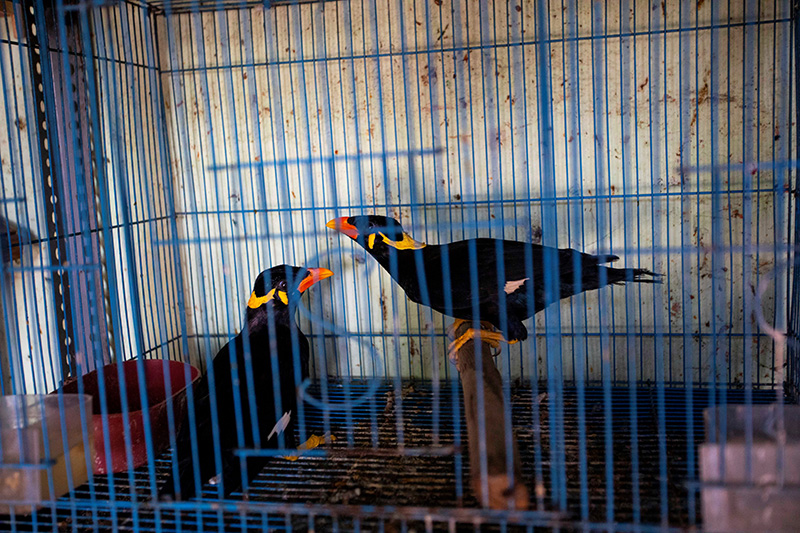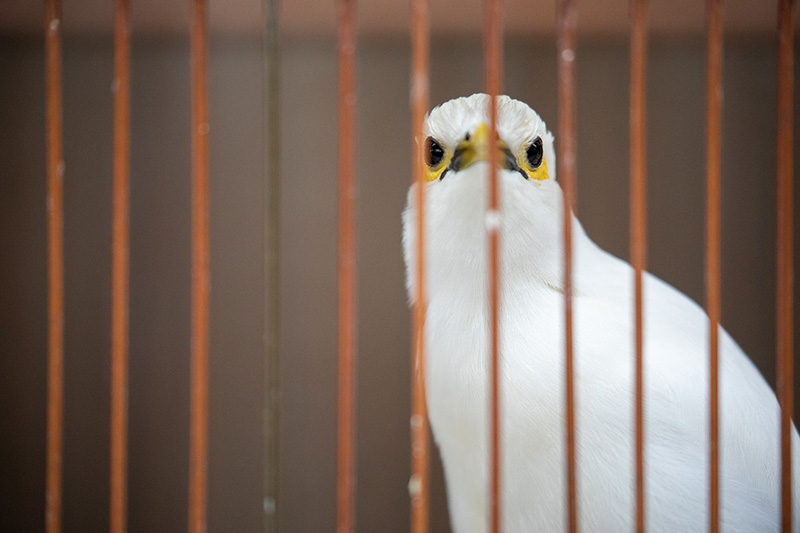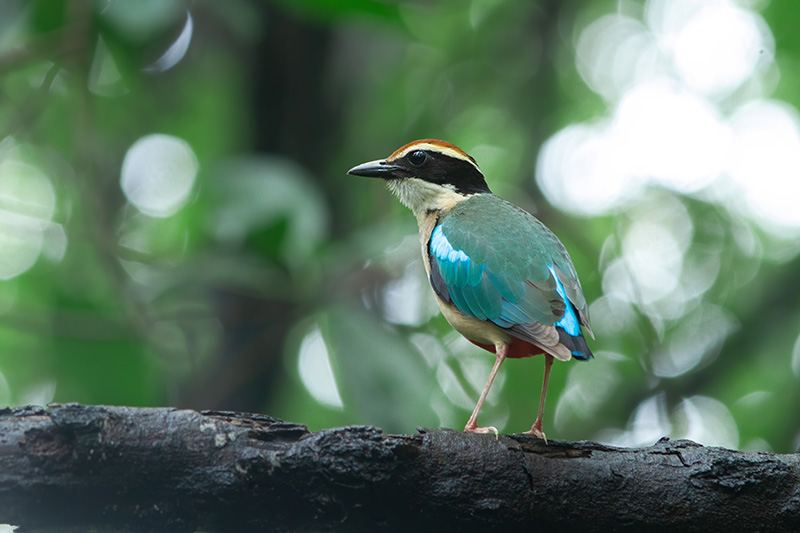- Songbirds are sought after as pets for their beautiful songs, but researchers wanted to know if the color of their feathers is associated with their prevalence in the pet trade
- A new study shows that the brightest and most uniquely colored songbirds are most at risk of trade and possible extinction
- This insight allowed the researchers to predict which songbird species may be at risk of being traded in the future

New research shows that the international pet trade prizes songbirds not only for their beautiful songs, but also for their eye-catching hues, and the most brightly and uniquely colored of these birds are most at risk of trade and possible extinction. The findings have been published in the journal Current Biology.
“People are willing to travel around the world to catch a glimpse of a particular colorful bird species through a set of binoculars, and in this study we found that it is this aesthetic appeal that also makes these birds desirable as pets,” said Rebecca Senior, assistant professor at Durham University and the first author of the study.
The scientists made this connection by analyzing global databases of songbird color, geographic range, extinction risk and prevalence in the pet trade.
The study also found that birds with azure and yellow coloring are especially common in the pet trade. The researchers were surprised to find that birds with pure white plumage, such as the critically endangered Bali myna, are also highly traded.
The study’s findings also suggest that even more birds could be at risk of being traded.

“Evolutionarily speaking, colorful bird species are often closely related to each other, but not all of them are currently traded. Looking at evolutionary relationships and color, we were able to predict 478 songbird species that are likely targets of future trade because they are related to colorful species that are presently traded,” said Brett Scheffers, associate professor at the University of Florida/IFAS in the wildlife ecology and conservation department, and the senior author of the study.
Historically, removing birds from their natural habitat to be sold as pets or for other purposes can lead to population decline or even extinction.
“Understanding what motivates trade is essential to identify at-risk species potentially requiring more proactive protection from trapping,” Scheffers said. “Trade has the capacity to be regulated and managed sustainably with a better understanding of what is traded as well as where and why it occurs.”

The study mapped the color of birds globally and showed that bird color diversity is concentrated in tropical regions, where they draw attention from birdwatchers and ecotourism. Losing these colorful species due to the pet trade could both mute nature’s palette and dampen conservation efforts in tropical regions, the study’s authors said.
Insights from this study could spur further study of how animal color more generally influences the pet trade.
“The drivers of the wildlife trade are complex. We are only just scratching the surface of what can be achieved with global databases of trade, threat and species’ traits. Color is likely important for motivating the trade of other animal and plant groups that we didn’t consider here, such as flowering plants, fish and reptiles,” Senior said.
Top photo: The critically endangered Bornean green magpie. Photo by Zhikai Liao
 0
0
